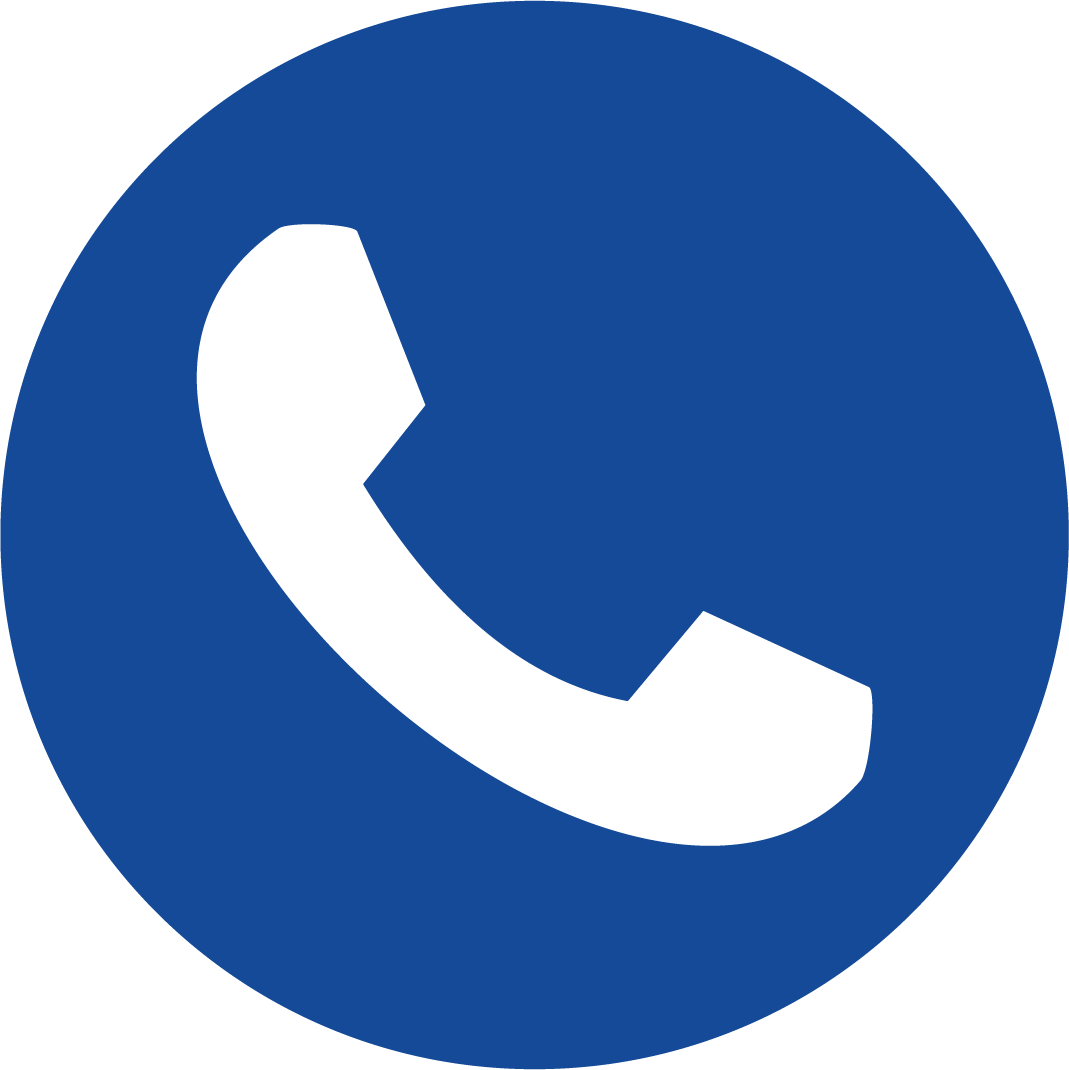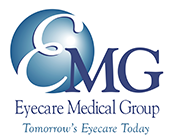
August is Children’s Eye and Safety Month, as observed by the American Academy of Ophthalmology along with other health organizations. As your children prepare to head back to school, it’s important to keep their eye health in mind.
There are four big reasons why we promote children’s eye health and safety both this month and all year round. Keep reading to learn more!
Raise Awareness
As a parent, there’s a lot of things you have to worry about. Throughout the year, it’s likely you’re bogged down trying to schedule various doctor’s appointments.
Between yearly check-ups and cleanings, it can be hard to keep up! It’s tough to keep track of everything as a busy parent. Being aware of general eye safety and signs of potential eye-related conditions can help you get your child help when they need it.
Educate Parents
It’s also important for parents to know what the signs of common childhood eye conditions are. Certain conditions are easier to spot than others.
You may notice if your child has a lazy eye (amblyopia), crossed eyes (strabismus), or a drooping eyelid (ptosis). There are options available to treat these conditions, so be sure to take your child to an eye doctor if you notice them.
Less obvious signs of various eye conditions, like refractive errors, include:
- Frequent head tilting and squinting to see objects farther away
- Sitting close to the TV or holding screens right up to their face
- Sensitivity to light
- Excessive eye rubbing
- Disinterest in reading
- Difficulty in school
- Trouble identifying colors
Some of these signs point to your child being nearsighted, farsighted, or having astigmatism. Other signs may show problems that an eye care professional can take care of.
If your child is struggling in school, you may find the issue is with their eyesight rather than their ability to learn. Help your child do their best by making sure their eyes are healthy.
Promote Eye Safety
Proper eye safety is just as important to your child’s eye health as treating any visual problems. Eye injuries can cause permanent eye damage and vision loss.
Luckily, practicing good eye safety can prevent these injuries. It’s especially important to protect your child’s eyes when they play sports. This goes for all sports!
Children should wear protective eyewear for activities like basketball or soccer. Encourage your child to wear an eye guard or safety goggles whenever they play contact sports or any sport involving projectiles.
Speaking of projectiles, avoid buying your children any toys that may include them. Make sure you only buy your child age-appropriate toys made with safe materials.
You can often determine if a toy is safe when you buy it by looking out for a sticker from the ASTM (American Society for Testing and Materials).
Encourage Regular Eye Exams
Even if your child doesn’t show any signs of eye problems, you still need to take them to see any eye doctor regularly. Children should have an eye exam when they turn six months old, another when they’re three years old, then at least every two years once they start school.
Higher risk children and those with a refractive error should see their eye doctor more frequently. Be sure to stick with whatever your family eye doctor recommends about how often your child needs a comprehensive eye exam.
Have more questions about how to keep your child’s eyes safe? Schedule an appointment at Eyecare Medical Group in Portland, ME!





